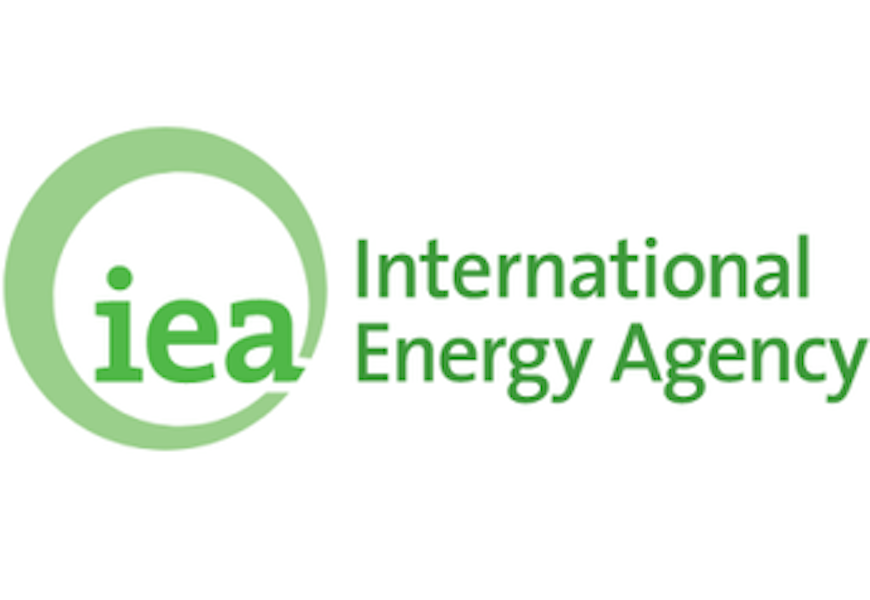
The International Energy Agency (IEA) has revised its 2025 global oil demand growth forecast downward by 21,000 barrels per day (bpd), driven by weaker-than-expected consumption in the US and China during Q2. This adjustment reflects cautious market sentiment as global oil demand is now projected to reach 103.76 million bpd this year, a modest rise of 720,000 bpd from 2024.
In its latest Oil Market Report, the IEA trimmed its previous growth estimate of 741,000 bpd, signaling a slowdown in key markets. Demand in OECD countries is set to decline by 100,000 bpd to 45.57 million bpd, while non-OECD nations are expected to drive growth, with demand rising by 820,000 bpd to 58.19 million bpd.
Looking ahead to 2026, the IEA forecasts global oil demand to climb by 740,000 bpd, reaching 104.5 million bpd. This steady but tempered growth underscores ongoing uncertainties in global economic activity and energy consumption trends.
Global oil supply, meanwhile, saw a notable uptick in May, rising by 320,000 bpd month-on-month to 104.96 million bpd. The increase was evenly split between OPEC+ producers, who eased voluntary cuts, and non-OPEC countries, reflecting a balanced supply response.
OPEC’s crude oil production surged by 250,000 bpd to 27.76 million bpd, with unconventional sources contributing an additional 5.63 million bpd. This brought OPEC’s total oil supply to 33.39 million bpd, a month-on-month increase of 260,000 bpd.
Non-OPEC countries also bolstered output, with production rising by 70,000 bpd to 71.57 million bpd. This collective supply growth highlights the market’s ability to adapt to shifting demand dynamics despite geopolitical and economic headwinds.
The IEA’s revised forecast points to a complex oil market landscape, with demand growth slowing in major economies like the US and China. However, rising supply from both OPEC+ and non-OPEC producers suggests a resilient global oil market poised to meet future needs.
For 2025, the interplay between subdued demand in OECD nations and robust growth in non-OECD regions will shape market trends. Investors and policymakers must closely monitor these developments to navigate the evolving energy landscape effectively.
President Bola Ahmed Tinubu has signed the Nigerian Insurance Industry Reform Act (NIIRA) 2025, consolidating outdated… Read More
OpenAI has unveiled two new open‑weight language models, gpt‑oss‑120B and gpt‑oss‑20B, available free for developers,… Read More
The United Kingdom has announced the opening of applications for its prestigious 2026 Chevening Scholarship,… Read More
Nigeria imported $5.64 billion in capital in Q1 2025, up 67.1% from $3.38 billion in Q1 2024 and 10.9%… Read More
Ecobank Transnational Incorporated (ETI) has divested its stake in Ecobank Mozambique S.A. (EMZ) to Malawi-based… Read More
Nigeria’s First Lady, Senator Oluremi Tinubu, has announced a significant donation of ₦1 billion to… Read More